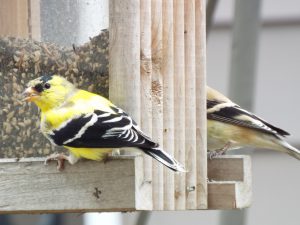+86- 111****
Boluo county dragon Lotus Lake Village Town Industrial Park, China

July is the time in the vegetable patch when a gardener’s spring efforts begin to pay off.
All the bed preparations, compost applications, planting, seeding, and weeding reveal themselves as living, growing produce. The garden looks fantastic. Good enough to eat!
Unfortunately, gardeners aren’t the only ones thinking that the growing veggies look good enough to eat. By this time in the summer, other critters have admired your handiwork, as well.
In my case, something appeared to be damaging my red chard. The leaves began to look like skeletons. That is to say, the thick midrib and ancillary veins were intact but the leaf tissue itself was gone. It was like one of those Roadrunner cartoons where Wiley Coyote is left as a boney outline of himself, and he’s holding the remnants of TNT.
On a cruise around my community garden, I found other gardeners with similar looking chard. One garden had netting placed over its row of chard. Could it possibly be bird damage? I did a quick Google search and found references to birds—goldfinches, in particular—causing skeletal-like damage to chard.
It appears goldfinches (see image) enjoy red chard specifically. This may explain why the green chard that somehow appeared in my row of beets is without damage.
What’s a mystery, however, is that this is the first year I’ve seen this damage. Or perhaps it’s the first year I’ve seen such extensive damage.
What do I plan on doing about it? Well, I’m going to take a page from the pea-growers’ notebook. I’ll set up small stakes at the end of my chard rows, tie twine between the stakes and slightly above the leaves, and affix bits of aluminum foil.
A garden neighbor has been using a similar set-up with her peas and has been successful as the shimmering foil frightens away the birds.
Fingers crossed it works!